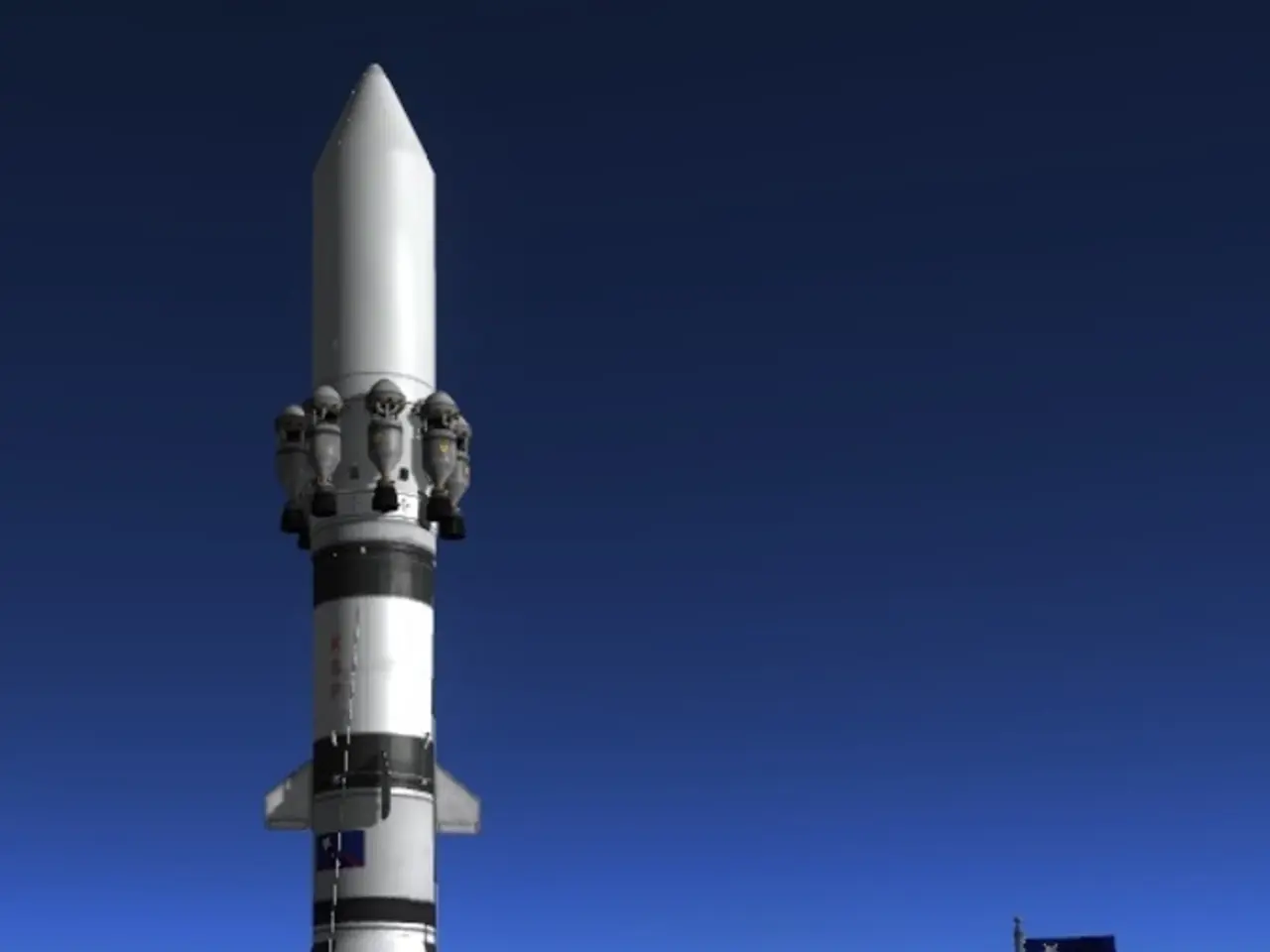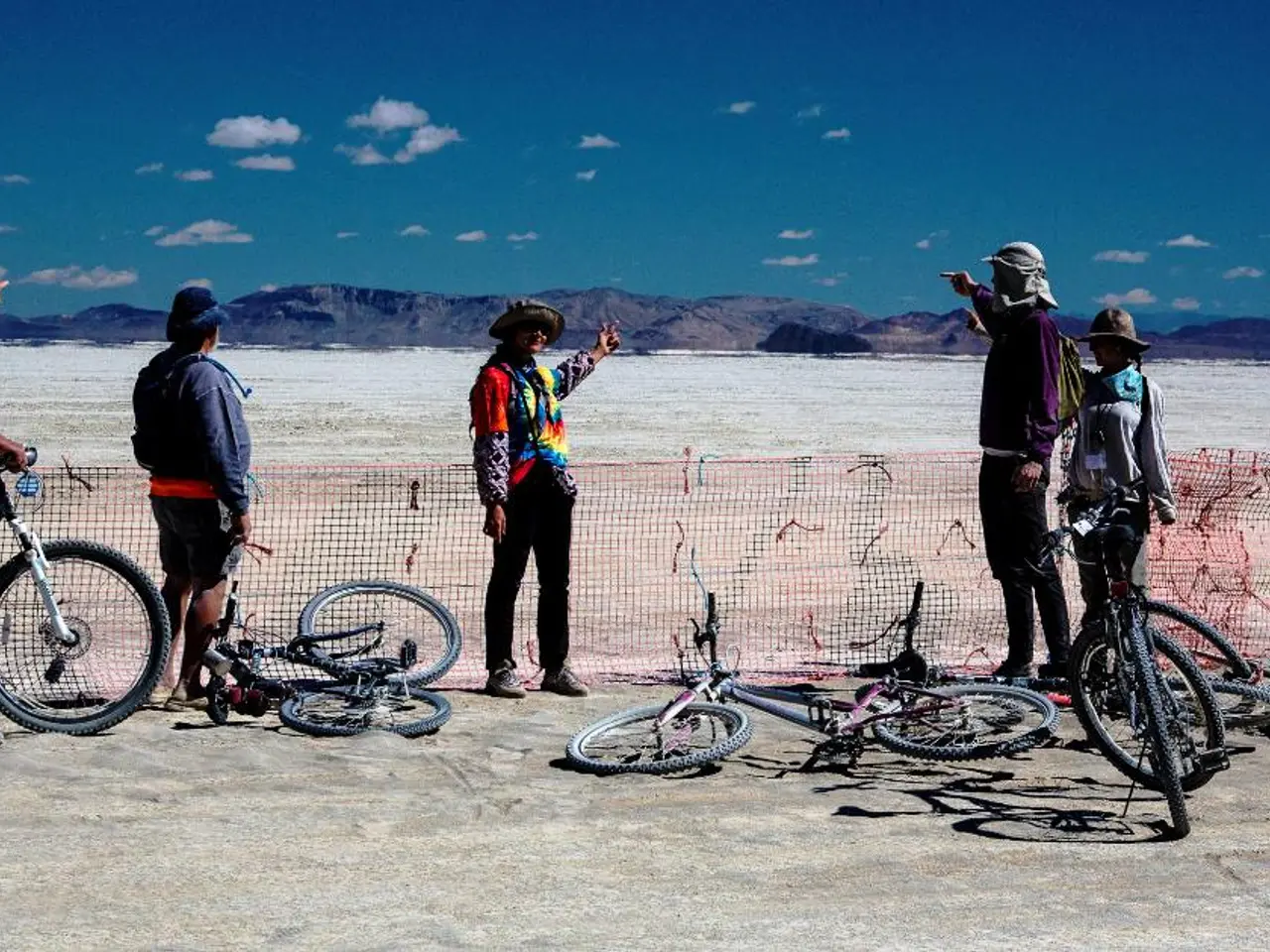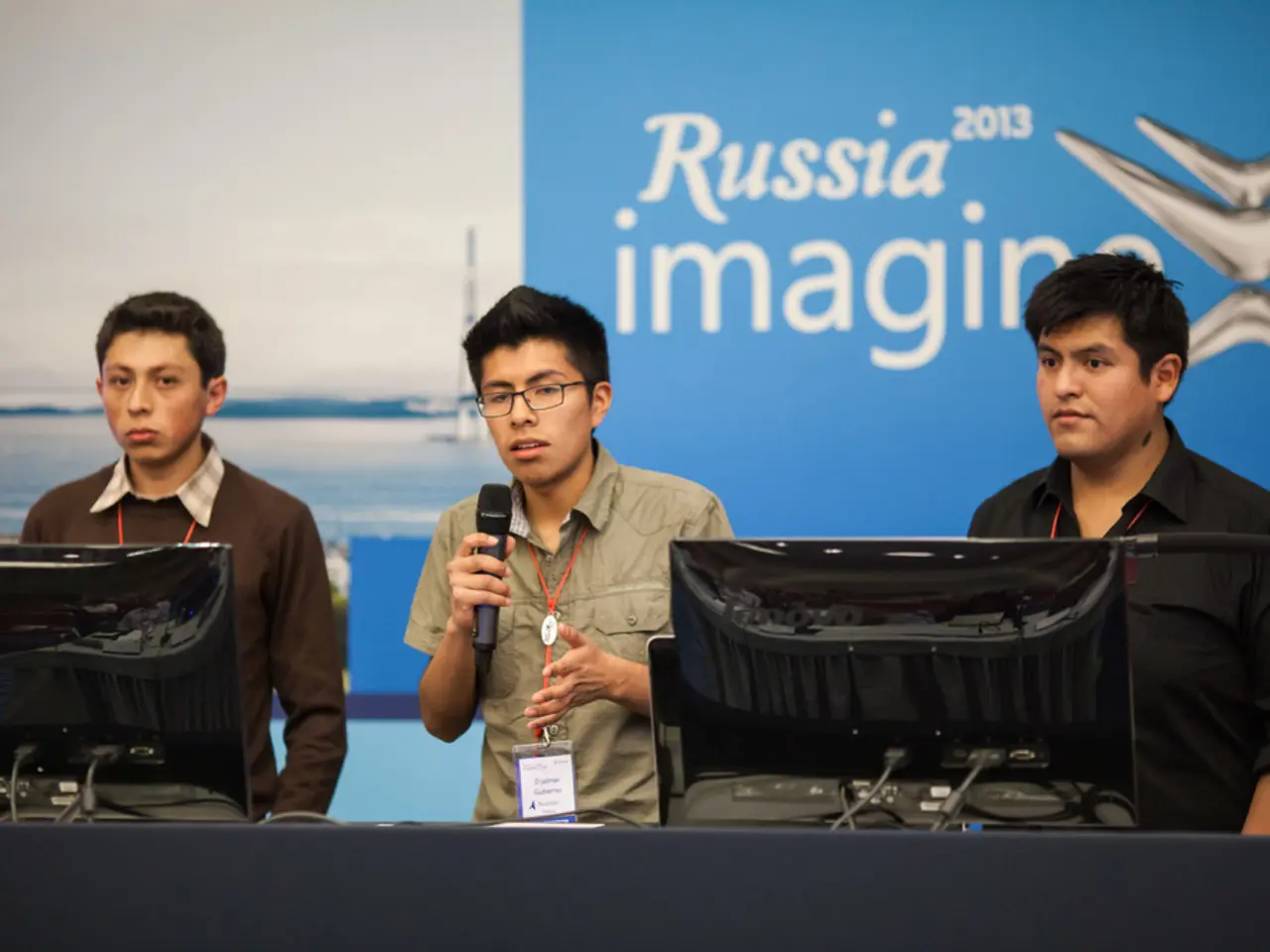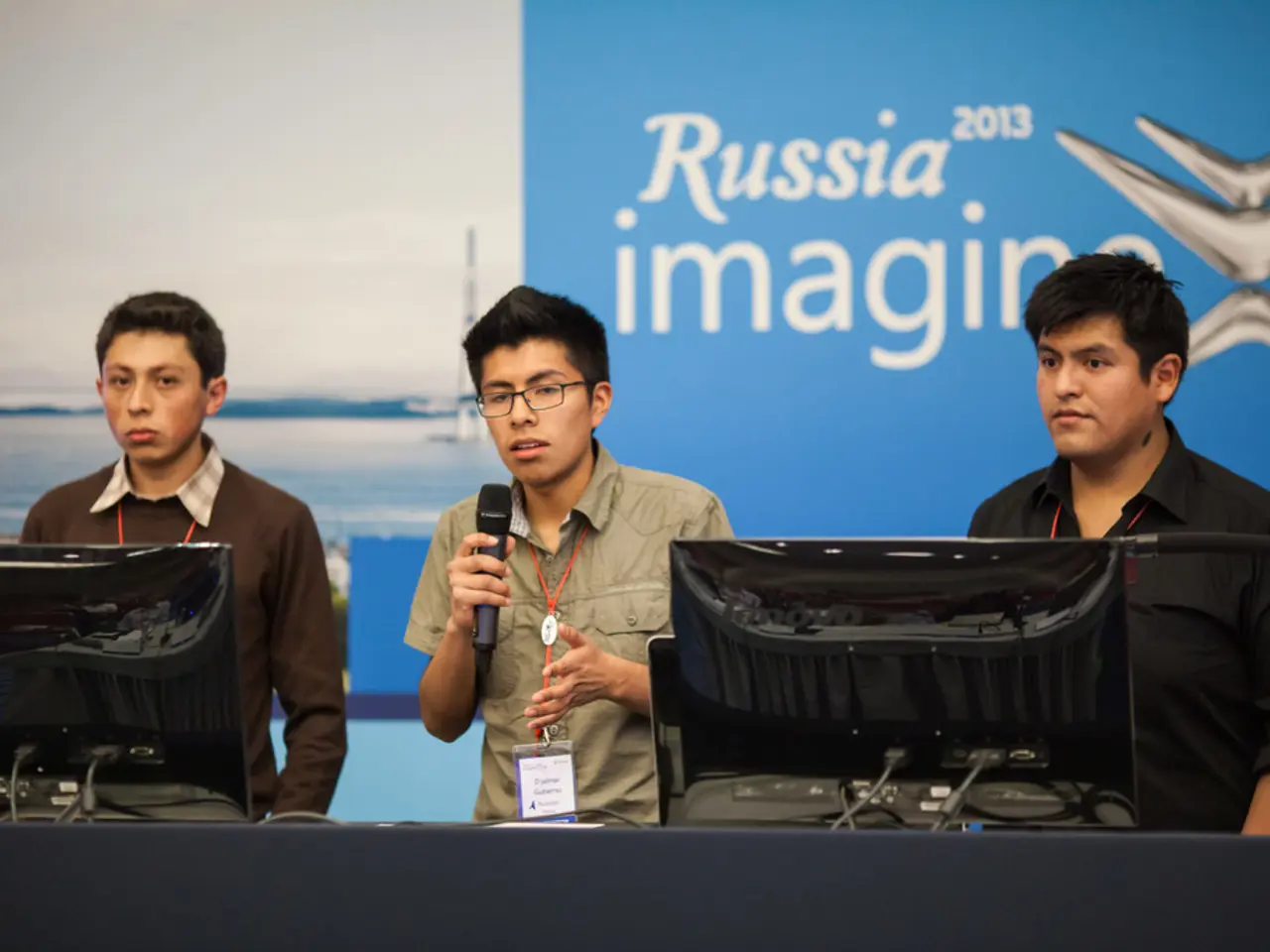"Alien encounters in Roswell, New Mexico have long been a source of intrigue, but the city has much more to offer beyond extraterrestrial myths. Highlighting its rich history, diverse culture, and scenic landscapes instead."
Robert Hutchings Goddard: The Father of Modern Rocketry
In the quiet town of Roswell, New Mexico, a significant chapter in the history of space exploration unfolded more than eight decades ago. The man responsible for this groundbreaking work was Robert Hutchings Goddard, an American professor, physicist, and inventor, who is credited as the father of modern rocketry.
Goddard moved to Roswell in 1930 with a small team of assistants, seeking more room to launch his rockets safely. Funding for his research came from the Smithsonian Institution and the Daniel Guggenheim Foundation. It was here that Goddard's work significantly advanced liquid-fueled rocket technology.
Between 1930 and 1941, Goddard built and launched increasingly complex rockets in Roswell. His first successful flight of a liquid-propelled rocket took place in 1926, but it was in 1935 that he made history with the first liquid-fuel rocket to move faster than the speed of sound. This achievement marked a significant milestone in the development of modern rocketry.
Goddard's experiments at Roswell improved rocket motor efficiency and introduced techniques like "curtain cooling," essential for engine performance and durability. He also developed self-cooling rocket motors and implemented gyro controls for stabilization in his rockets. Furthermore, Goddard's work in Roswell demonstrated practical liquid-fueled rockets and propulsion in a vacuum, paving the way for future developments in ballistic missiles and spaceflight technology.
One of the crowning achievements in Roswell was a 1.7-mile-high rocket flight. Goddard also worked on engine components designed for future space exploration during his time in Roswell. His work laid critical groundwork for modern space exploration, despite his influence on American rocketry being limited during his life due to secrecy and skepticism from the broader scientific community.
However, it was not just space exploration that Roswell became famous for. In 1947, the town gained notoriety due to a UFO incident. As a result, the International UFO Museum & Research Center was established, attracting over 200,000 visitors annually. Despite the extraterrestrial-themed paraphernalia and attractions, it is Goddard's pioneering work in Roswell that continues to be historically commemorated.
Vanes and high-speed pumps were used as guidance tools and for fueling the rockets built in Roswell. Goddard's work in Roswell remains a testament to his pioneering spirit and the foundational role he played in the development of modern rocketry. Today, his legacy continues to inspire scientists and engineers worldwide as they strive to push the boundaries of space exploration.
References:
[1] National Air and Space Museum. (n.d.). Robert H. Goddard. Smithsonian Institution. Retrieved from https://airandspace.si.edu/exhibitions/pioneers-of-flight/online/pioneers/biographies/goddard.cfm
[2] National Museum of American History. (n.d.). Goddard, Robert Hutchings (1882-1945). Smithsonian Institution. Retrieved from https://americanhistory.si.edu/collections/search/object/nmah_1474279
[3] National Park Service. (n.d.). Robert H. Goddard Rocketsite. National Park Service. Retrieved from https://www.nps.gov/rogo/learn/historyculture/goddard.htm
[4] NASA. (n.d.). Robert H. Goddard. NASA. Retrieved from https://www.nasa.gov/offices/ogc/history/goddard.html
[5] New Mexico Historic Sites. (n.d.). Robert H. Goddard's Rocketsite. New Mexico Historic Sites. Retrieved from https://nmhistoricsites.org/rogo/index.html
Science and technology played a crucial role in Robert Hutchings Goddard's pioneering work at the Roswell, New Mexico, site, where he significantly advanced liquid-fueled rocket technology during the 1930s. His innovations, such as the introduction of techniques like "curtain cooling" and the development of self-cooling rocket motors, laid essential groundwork for modern space exploration.




